In today's digital world, effective online marketing strategies are vital for businesses to thrive. Two commonly discussed terms in the marketing realm are SEO and SEM.
While they are often used interchangeably, SEO (Search Engine Optimization) and SEM (Search Engine Marketing) refer to distinct practices that serve different purposes in driving traffic to websites.
Search Engine Optimization (SEO) and Search Engine Marketing (SEM) differ in their primary objectives. SEO primarily focuses on optimizing a website to attract organic traffic from search engine results. Its goal is to enhance the website's visibility and rankings in organic search results.
On the other hand, SEM aims to drive traffic and visibility from both organic and paid search channels. While SEO focuses solely on organic strategies, SEM encompasses a broader approach by integrating paid advertising, such as pay-per-click (PPC), alongside organic optimization techniques.
In this article, you will learn:
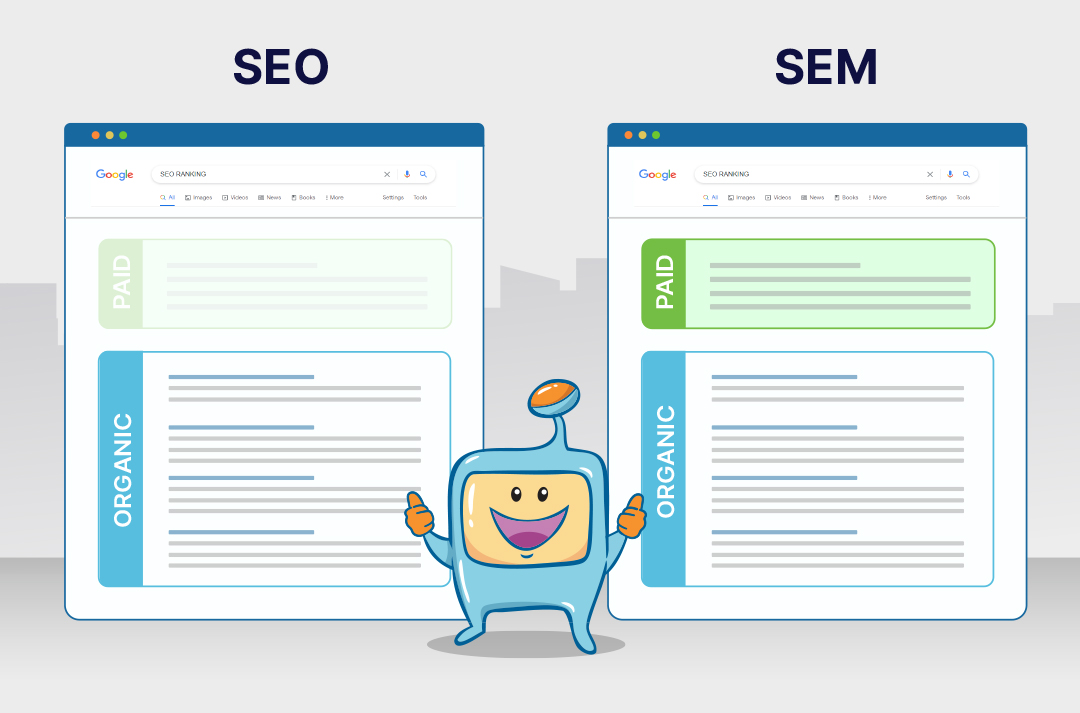
This article aims to clarify the differences between SEO and SEM, explore their main features, examine the time it takes to see results, analyze the cost implications, and provide insights into when it is appropriate to prioritize one over the other.
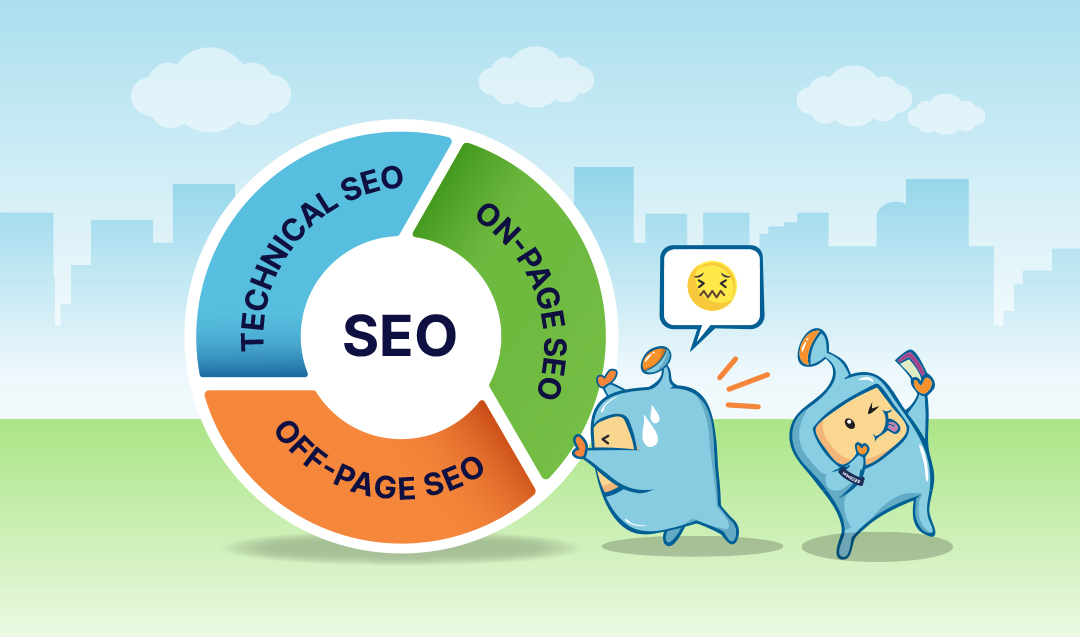
SEO, or Search Engine Optimization, is a multifaceted practice focused on improving a website's visibility in organic (non-paid) search engine results. It involves various strategies and techniques to optimize the website's content, structure, and authority, aiming to rank higher in search engine results pages (SERPs).
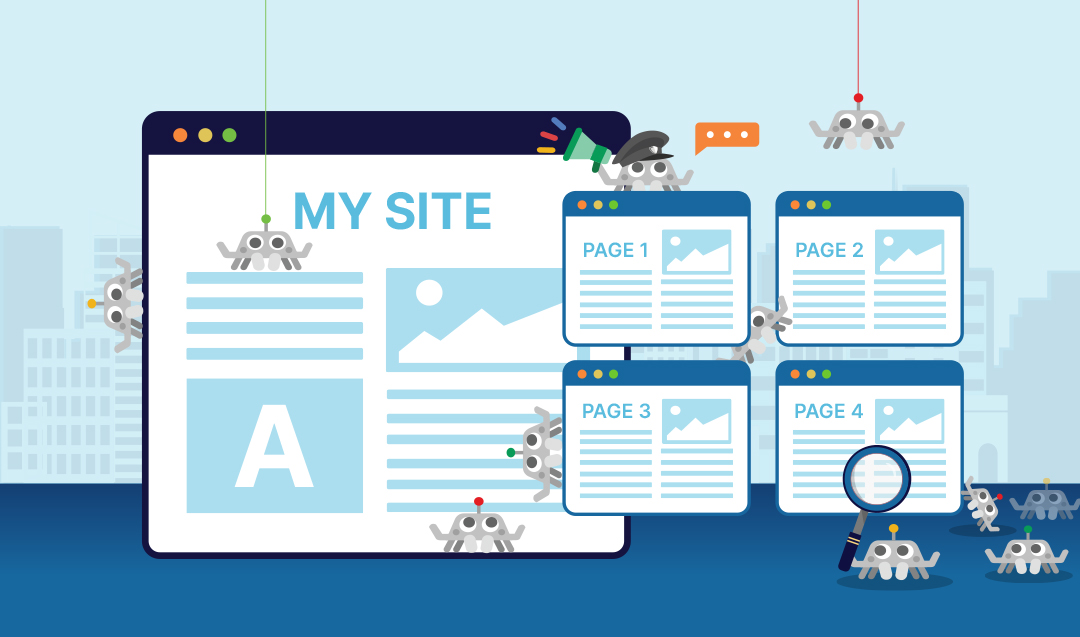
On-Page SEO is the process of optimizing individual web pages to enhance their search engine rankings and organic traffic. It involves optimizing elements such as meta tags, headings, content, URL structure, and keyword usage.
Effective on-page optimization ensures that a website's pages are easily discoverable and relevant to users' search queries.

Off-Page SEO refers to external factors that influence a website's search engine rankings. It primarily revolves around building high-quality backlinks from other reputable websites, signaling to search engines the website's authority and credibility.
Off-Page SEO activities include guest blogging, social media promotion, influencer outreach, and online relationship building.
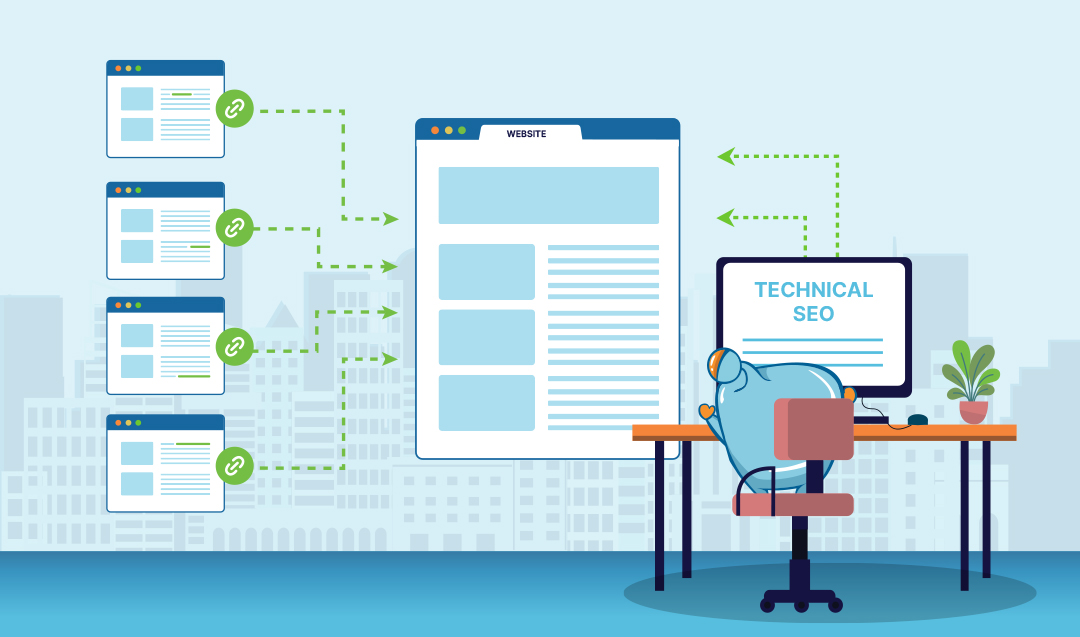
Technical SEO focuses on the technical aspects of a website to improve its crawling, indexing, and overall website performance. It involves optimizing factors such as site speed, mobile-friendliness, URL structure, XML sitemaps, canonicalization, and schema markup.
By ensuring that a website is technically sound, search engines can easily access and understand its content, leading to better visibility in search results.
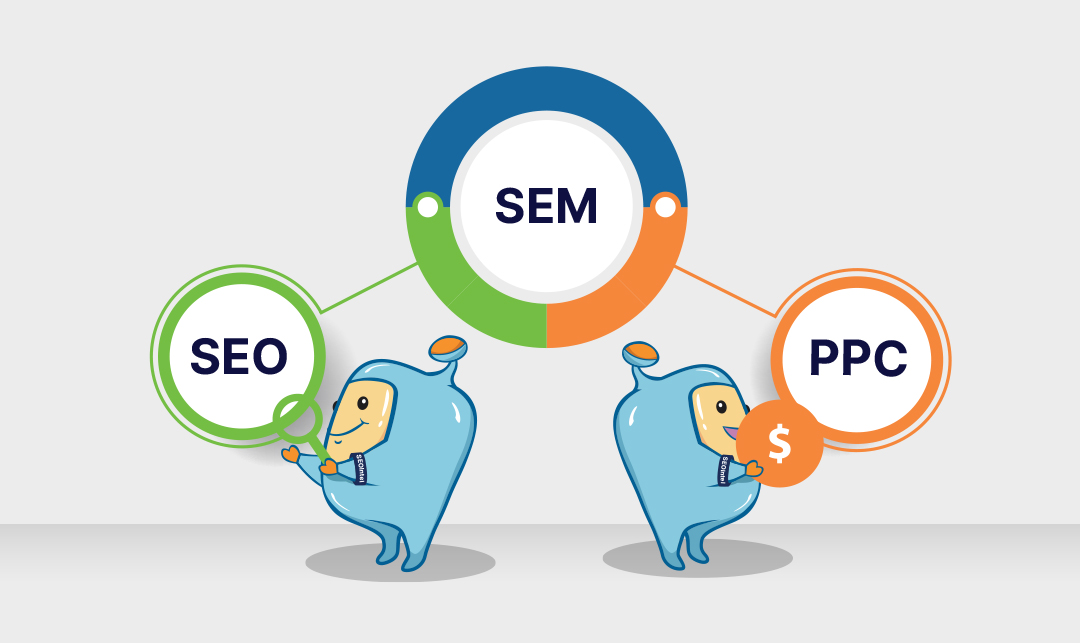
SEM, or Search Engine Marketing, encompasses a broader scope than SEO. It involves utilizing various strategies to increase a website's visibility and drive traffic from both organic search results and paid advertising.
SEM combines SEO techniques with paid advertising, such as pay-per-click (PPC) campaigns, to achieve maximum visibility and reach in search engine results.
A crucial aspect of SEM is bidding on keywords in paid search advertising platforms like Google Ads. Advertisers participate in auctions to bid on specific keywords relevant to their target audience. When users search for those keywords, ads related to those keywords appear in the search results.
Bidding strategies involve determining the maximum bid amount, bid adjustments based on factors like location or device, and setting budget caps to control spending.
Quality Score is a metric used by platforms like Google Ads to assess the quality and relevance of ads. It takes into account factors such as click-through rate (CTR), ad relevance, landing page quality, and historical performance.
A higher Quality Score results in better ad positions and can lower the cost-per-click. Advertisers with higher Quality Scores are rewarded with improved visibility and lower costs.
Creating compelling ad copy is a vital aspect of SEM. Well-crafted ad copy entices users to click on the ads and visit the website.
Advertisers need to craft concise and persuasive messages that communicate the value proposition and encourage action.
Effective ad copywriting involves highlighting unique selling points, incorporating relevant keywords, and utilizing compelling calls-to-action (CTAs).
Managing an SEM campaign involves organizing ads into ad groups and efficiently managing the overall account. Ad groups group together related keywords and ads, allowing for better organization and control over targeting and budget allocation.
Account management tasks include monitoring campaign performance, adjusting bids, testing ad variations, optimizing landing pages, and refining targeting strategies based on data-driven insights.
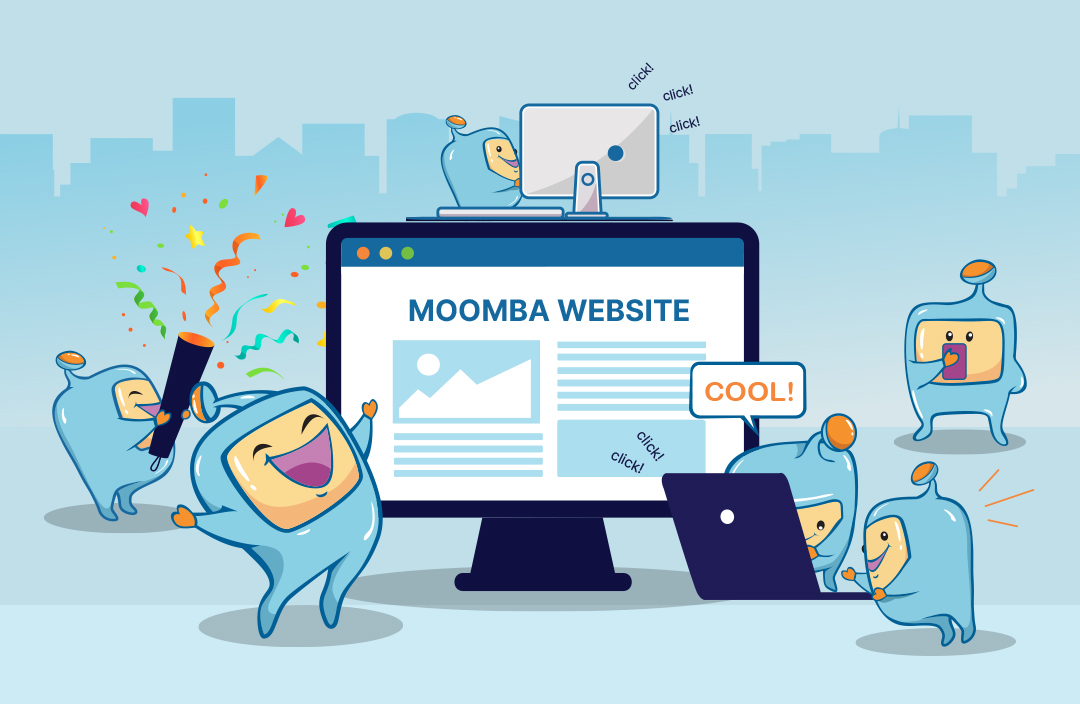
One significant difference between SEO and SEM is the time required to see results.
SEO is a long-term strategy that requires time, consistent effort, and patience. Achieving significant improvements in organic rankings and organic traffic can take several months or even years.
Factors such as the competitiveness of keywords, domain authority, quality of content, and the effectiveness of link building efforts influence the timeline.
While SEO takes time to yield results, the benefits can be long-lasting once a website establishes a strong organic presence.
In contrast, SEM, particularly PPC campaigns, can deliver immediate results. Advertisers can set up campaigns and start driving traffic and conversions within a short span of time.
However, it is important to note that achieving a positive return on investment (ROI) and optimizing campaign performance may require ongoing testing, monitoring, and refinement. SEM allows businesses to gain visibility and immediate results while complementing long-term SEO efforts
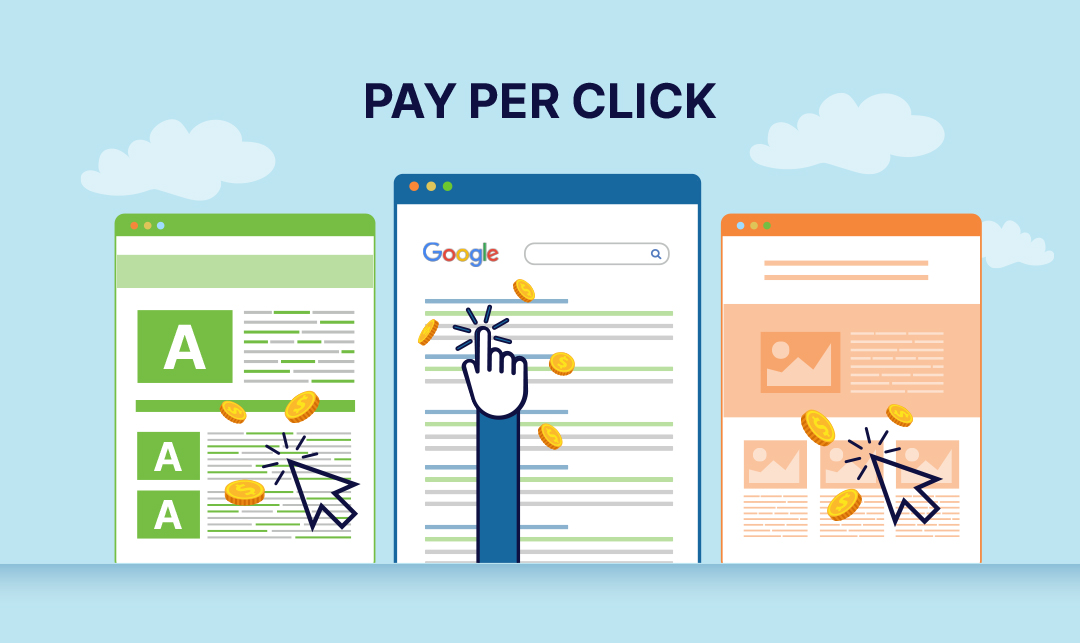
Cost is an essential consideration when comparing SEO and SEM.
SEO is often seen as a cost-effective approach because it focuses on organic traffic, which does not incur direct costs per click. However, implementing effective SEO strategies requires investments in content creation, website optimization, technical improvements, and link building efforts.
These activities may involve hiring professionals, investing in SEO tools and software, and dedicating internal resources or time.
While SEO costs may be distributed over time, they are essential for establishing long-term organic visibility and generating sustainable traffic.
On the other hand, SEM, particularly PPC advertising, involves direct costs based on the bidding model.
Advertisers pay when users click on their ads, and the cost-per-click (CPC) can vary depending on factors such as keyword competitiveness and quality score.
The total cost of an SEM campaign depends on the budget allocated to ads and the effectiveness of the campaign in generating clicks, conversions, and ROI. Advertisers need to carefully plan their budgets, set bidding strategies, and continuously monitor campaign performance to optimize costs and maximize results.
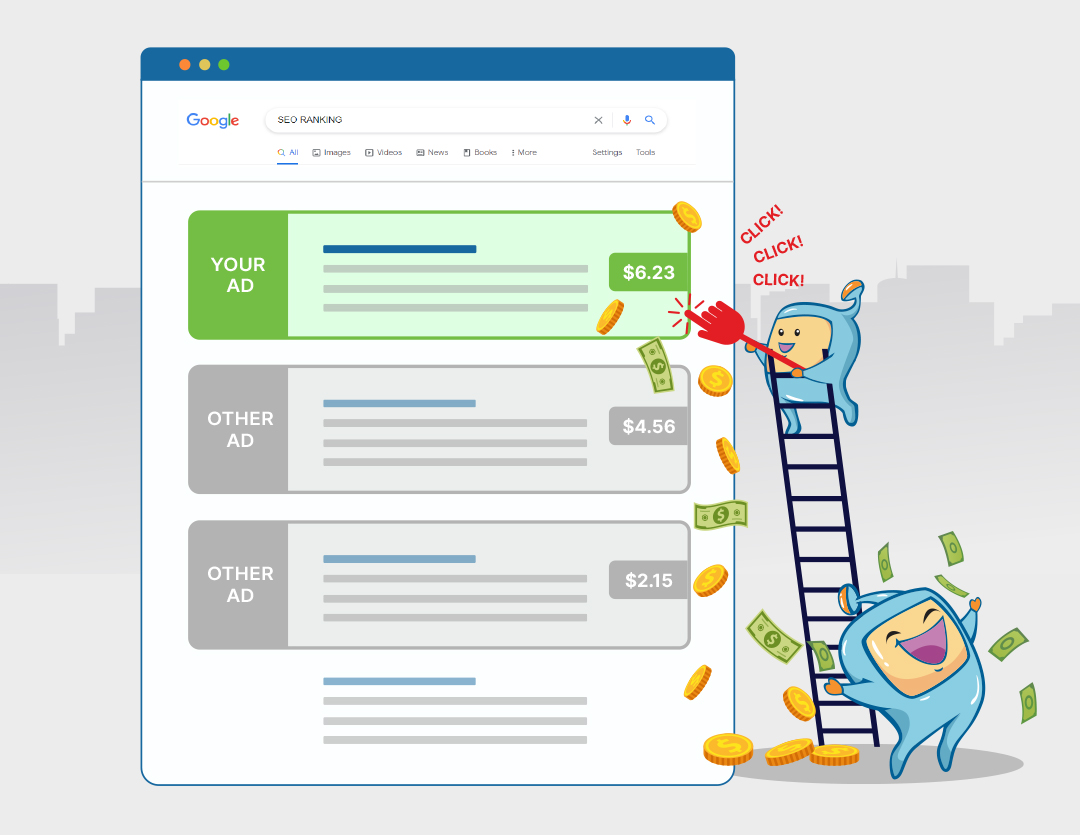
Deciding whether to focus on SEO, PPC, or a combination of both depends on various factors and business objectives.
There is a time and place for both organic SEO and for PPC. Here are the top 3 reasons too focus on organic SEO.
If you are a startup or a small business with a tight marketing budget, investing in SEO might be a more feasible option. SEO requires effort and time, but it can provide long-term benefits without direct advertising costs.
By focusing on creating high-quality content, optimizing on-page elements, and building relevant backlinks, you can improve your organic rankings and drive targeted traffic without substantial financial investments.
If your business operates in an industry where informational content plays a crucial role, prioritizing SEO can be advantageous. Ranking for informational keywords can attract users at different stages of the buying process, leading to increased brand visibility, authority, and potential conversions.
By creating comprehensive and informative content that aligns with users' search intent, you can establish your website as a go-to resource and drive organic traffic.
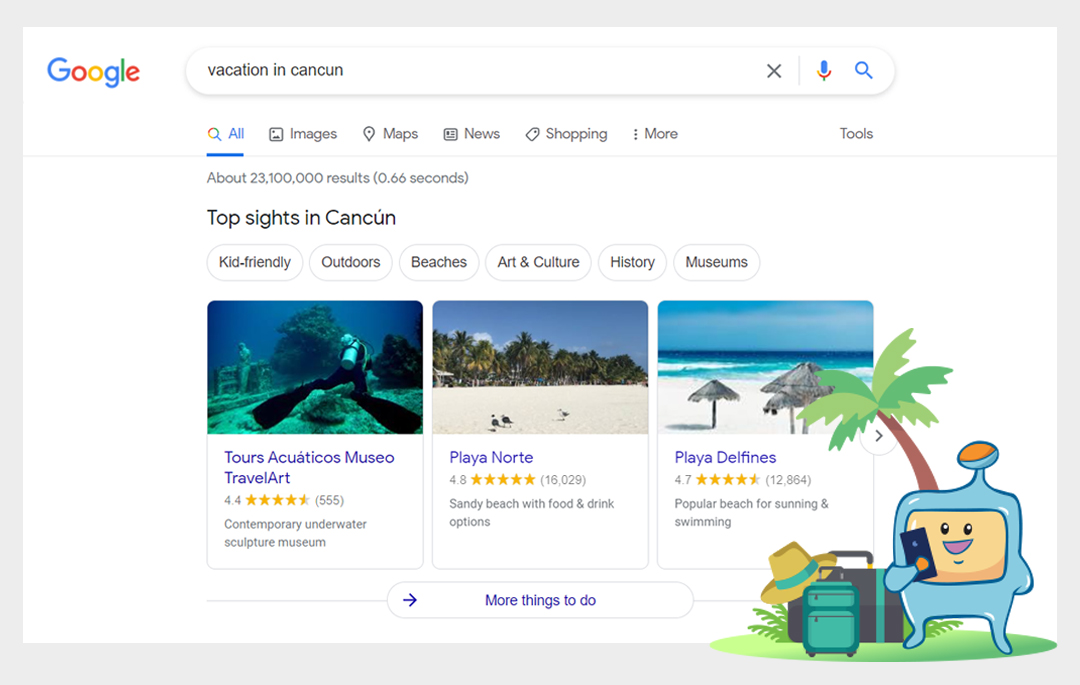
SEO is a long-term strategy that requires patience. If you have the flexibility to wait for results, investing in SEO can yield significant benefits over time. While it may take several months or even years to achieve noticeable improvements in rankings and organic traffic, the long-term rewards can be substantial.
By consistently implementing effective SEO practices and staying ahead of industry trends, you can secure a strong online presence that can withstand algorithm updates and changes.
Link building is a crucial aspect of SEO, and if you have the expertise or resources to build high-quality backlinks, focusing on SEO can be advantageous.
By acquiring authoritative and relevant backlinks from reputable websites, you can enhance your website's authority, trustworthiness, and search engine rankings. Effective link building strategies involve outreach, relationship building, guest blogging, and content promotion.

Like SEO, there are 3 specific reasons to focus on PPC over SEO.
If you have a dedicated budget for advertising and want immediate results, PPC can be a viable option. With paid search ads, you can target specific keywords and demographics, allowing you to reach your target audience directly.
PPC campaigns provide instant visibility, and by optimizing your ad copy, targeting, and bidding strategies, you can generate immediate traffic, leads, and conversions. However, it's essential to continuously monitor and refine your campaigns to maximize ROI.
Running successful PPC campaigns requires expertise in managing advertising platforms like Google Ads. If you or your team have the knowledge and experience to navigate the complexities of PPC, it can be a valuable investment.
Effective management involves keyword research, ad creation, bid optimization, tracking conversions, and analyzing campaign performance. By continuously refining your campaigns based on data-driven insights, you can achieve optimal results and maximize your advertising budget.
PPC campaigns require well-designed and optimized landing pages that align with your ad messaging. If you have the resources and capabilities to create and test multiple landing pages, PPC can be an effective strategy.
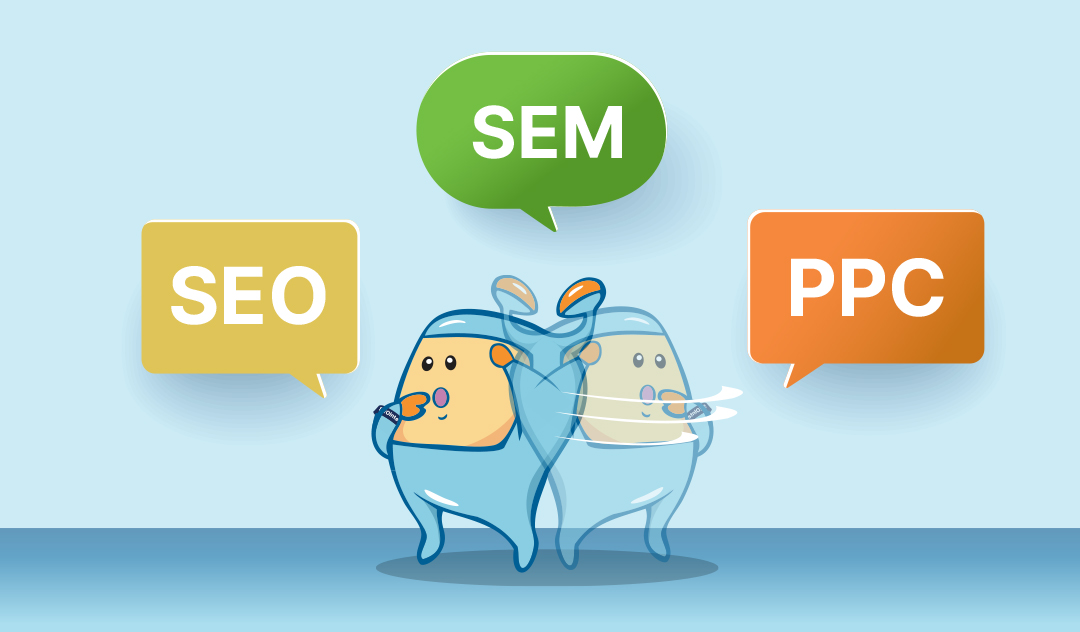
In certain situations, a comprehensive SEM strategy that combines both SEO and PPC can deliver exceptional results. Here are a few scenarios where focusing on both SEO and PPC can be beneficial:
In highly competitive industries, combining SEO and PPC allows you to maximize your visibility and occupy more real estate on the search engine results pages. SEO efforts can help establish your website's authority and organic presence, while PPC campaigns provide immediate visibility and targeted traffic.
For businesses running seasonal promotions or time-sensitive campaigns, a combination of SEO and PPC can be effective. SEO can lay the groundwork for long-term organic visibility, while PPC allows you to quickly target specific keywords and drive immediate traffic during peak seasons or promotional periods.
When both organic and paid results appear on the search engine results pages for specific keywords, having a presence in both can increase your chances of attracting clicks. By appearing in both organic and paid listings, you can maximize your click-through rates and capture a larger share of user attention.
Combining SEO and PPC allows for valuable data insights and testing opportunities. PPC campaigns can provide immediate feedback on keyword performance, ad copy effectiveness, and user behavior.
This data can then be used to refine and optimize SEO strategies, including keyword targeting, content creation, and on-page optimization
While SEO and SEM are closely related, understanding their differences and knowing when to focus on each is crucial for effective digital marketing strategies. SEO emphasizes organic traffic and long-term visibility, requiring consistent effort and patience.
On the other hand, SEM combines SEO with paid advertising, particularly PPC, to achieve immediate visibility and targeted traffic.
The decision to prioritize SEO, PPC, or a combination of both depends on factors such as budget, industry competitiveness, business objectives, and the ability to manage and optimize campaigns effectively.
By aligning your marketing goals with the strengths of SEO and SEM, you can drive sustainable traffic, enhance brand visibility, and achieve your desired outcomes in the dynamic online landscape.